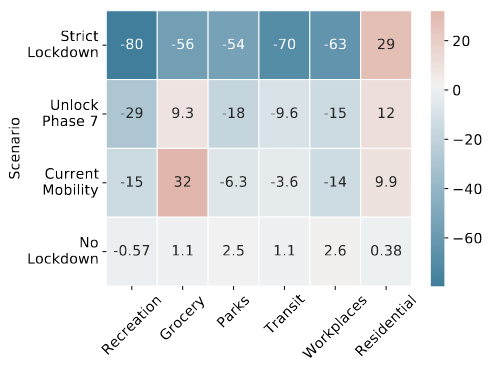About
In the last one and a half years, more than 17 Crore cases and 37 Lakh deaths have been reported worldwide due to Covid-19. This has been a devastating time for everyone. Recently, the sudden rise of cases in India, the second wave of infections, prompted strict lockdowns across the country.
While these lockdowns effectively curb the spread of the virus, they often come with severe emotional and financial consequences that tend to outlast the lockdown itself. Science-based and data-driven policies for enacting lockdowns at local levels are the need of the hour. Our tool can help policymakers identify local regions that must go into lockdown mode to control the infection rate. Arguably, such local lockdowns would offer a sounder alternative to state-wide or nationwide lockdowns.
This tool is powered by powerful machine learning techniques. We collect data at three levels: country, state, and districts. This data is used to forecast the daily case counts at each of these levels in the future. Our tool combines the observed patterns in the case counts from the past with additional factors like demographics (e.g., population density) and mobility (e.g., decrease in the percentage of people traveling for work due to lockdown) of the region. These forecasts can be used by policymakers to strategically enact lockdowns in those places that are deemed vulnerable in the near future.
